The mystery of the hedge: How an exhibition on these living walls seeks to explain our fascination with their place in the landscape
Gareth Gardner wondered if he was the only photographer interested in hedges. Now he has the answer.
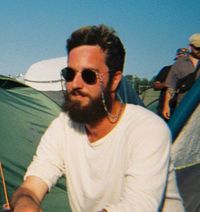

Few things animate the countryside as much as the hedge. By animate, I do not simply refer to the simple borders and structures that our hedgerows give our landscapes, but also our reactions to them.
Scarcely a day goes by without a tabloid newspaper, either at the national or local level, runs a story about some kind of hedge. Perhaps someone thought it would be funny to cut theirs into some kind of phallic symbol? Perhaps someone’s hedge is encroaching on another person’s property? These are of course absurd stories, that realistically have nothing to do with hedges, but they are funny nonetheless.
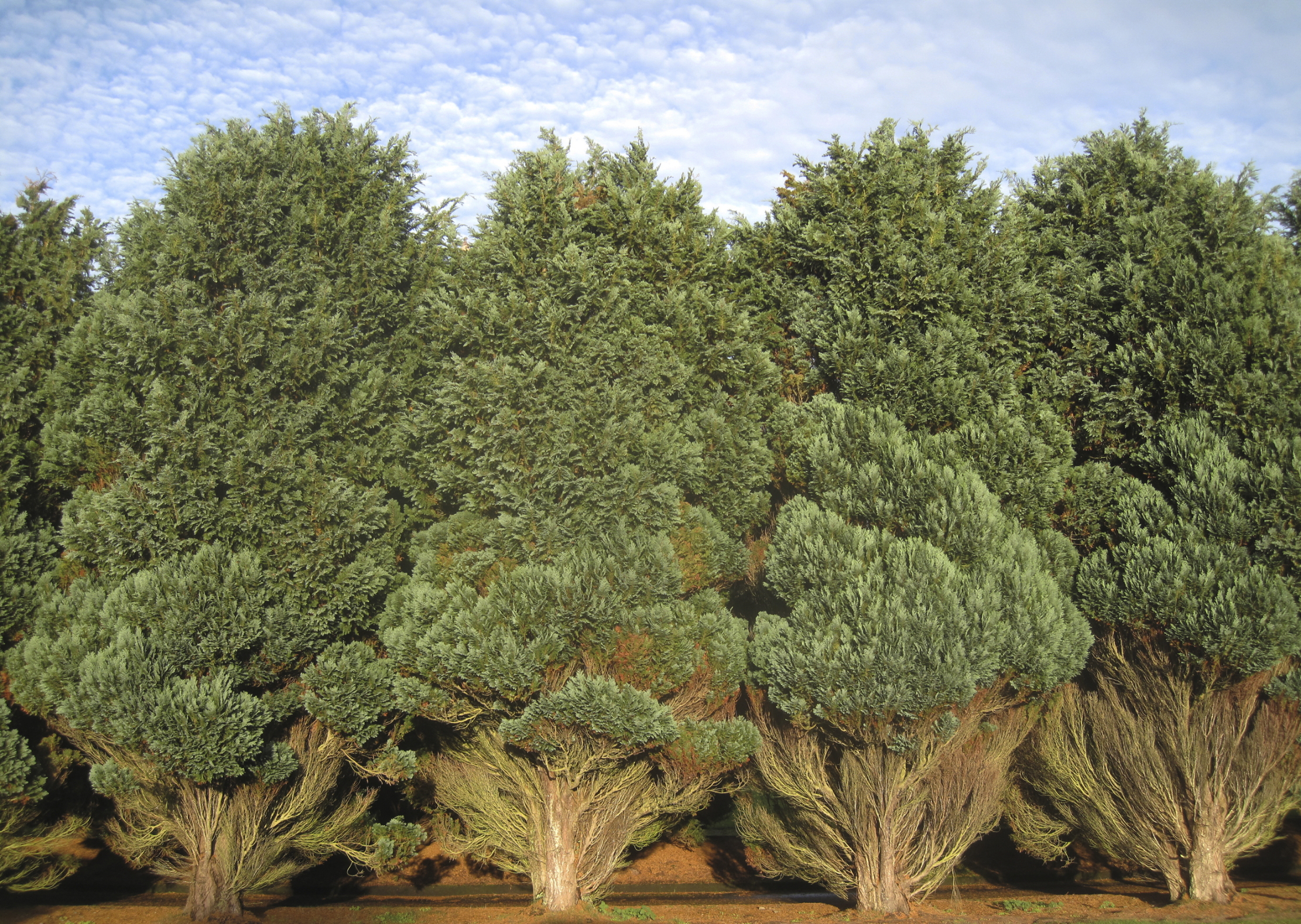
Britain should take great pride in its hedges. As easy as it is to bash farmers and food producers for cutting them down, the ones that remain provide a vital corridor of food and shelter for so much of our nature. We have more than 400,000 miles of hedges on this tiny island, ranging from the manicured to the totally wild. They are as much a part of our landscape and identity as Big Ben, Churchill, the Spitfire and political corruption.
Such is their presence, that they often hold the fascination for so many photographers. But why? This is the question that architectural photographer Gareth Gardner wants to answer with his exhibition ‘Close to the Hedge’, which is open now at the Gareth Gardner Gallery in Deptford, London.
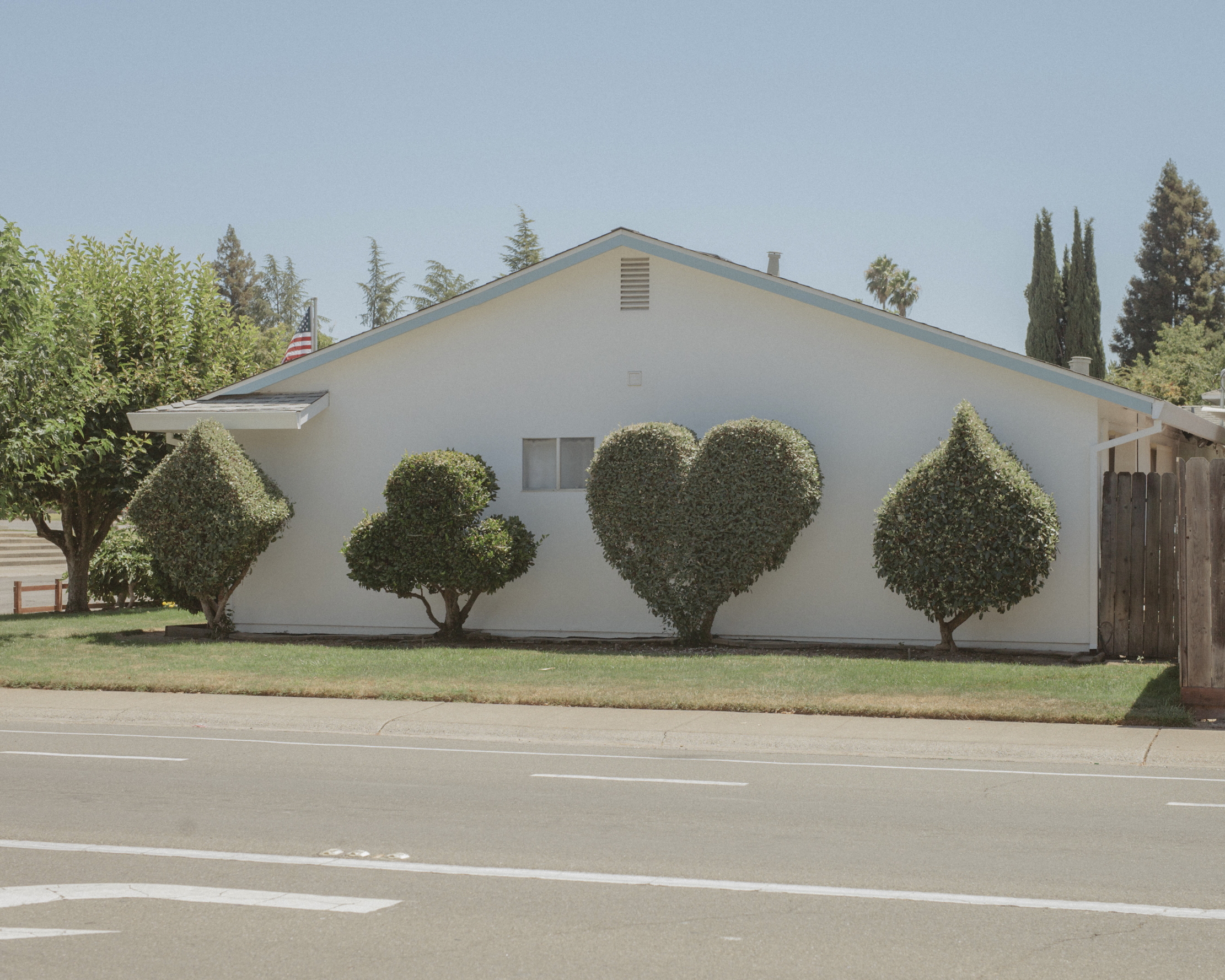
Finding himself often capturing hedges in his pictures, he wondered if he was the only one that had such an interest with these living walls that surround us. An open call was put out for submissions for his exhibition, and the photos came flooding in. ‘I was flabbergasted by the enormous response,’ he said. ‘It appears to be the secret obsession of a surprisingly large number of photographers. I thought I was the only one raising eyebrows by pointing my camera at hedges.’

His exhibition will demonstrate this fascination. He explains that hedges ‘hedges highlight boundaries, reveal demarcation disputes and divisions, provide visual privacy, conceal the world outside and hide mysteries within’. ‘From the titillation of suburban pampas grass to the triumph over nature of rectilinear laurel hedges, from plastic plants to dead privets, we have received photographs that tell a multitude of stories about modern life and our relationship with nature,’ he adds.
Highlights include John Angerson’s monochrome images of hedges, shrubs and gardens, which have been captured on a vintage Rolleiflex camera and were taken during the bleak winter months (the hedges and gardens were in a ‘more authentic state’, he says).
Exquisite houses, the beauty of Nature, and how to get the most from your life, straight to your inbox.
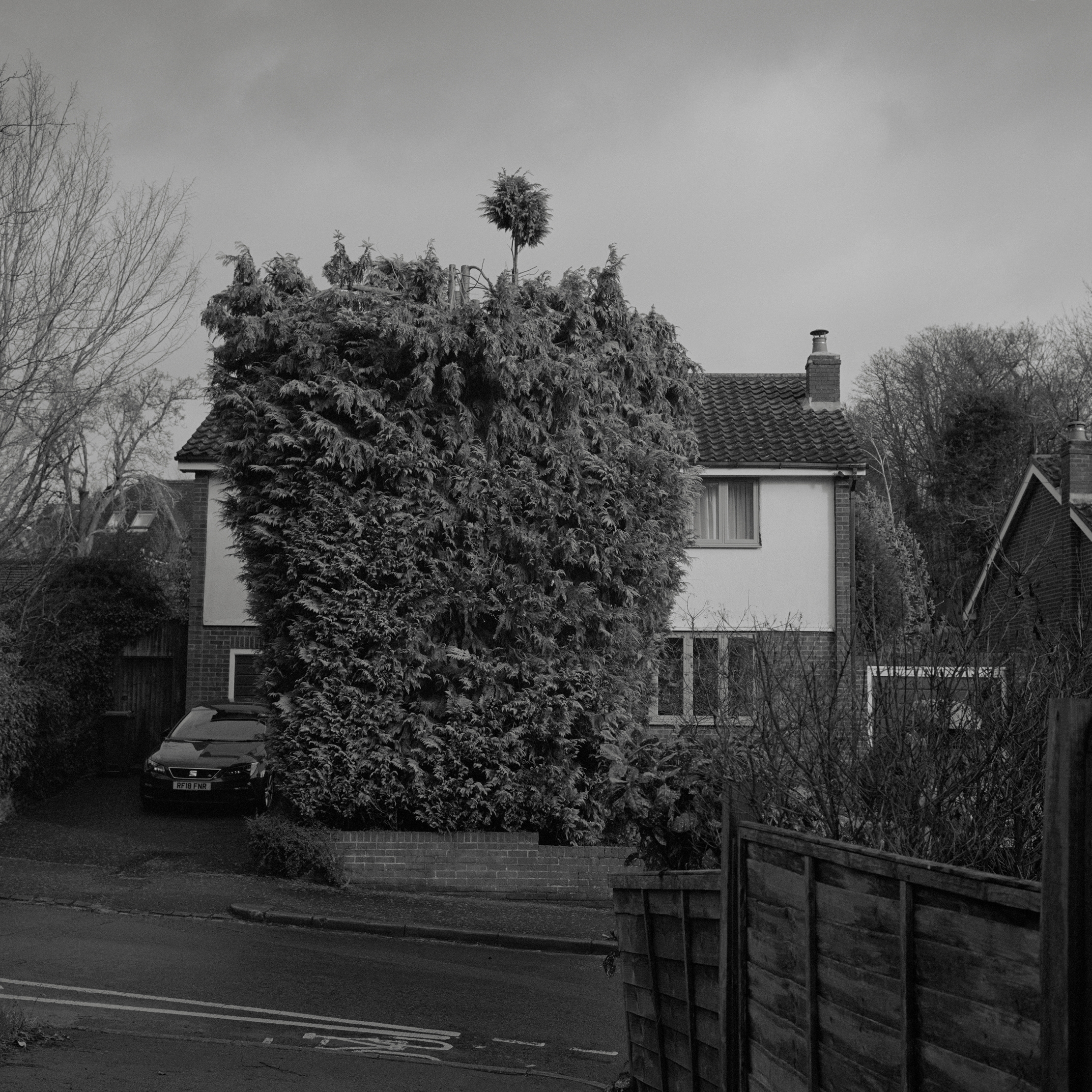
Richard Shipp, who is based in Wales, is intrigued by the ‘mystery of hedges’. A hedge is a question, he notes, asking ‘what is behind the hedge? And what is it hiding? Or what is it revealing?’
With more than 100 photographers from across the world entering, it’s clear that while we may think the hedge is a staple of Britain, it carries a global fascination. So often passed and unnoticed, these man-made boundaries occupy an important part not just in our landscape, but in our curious minds.
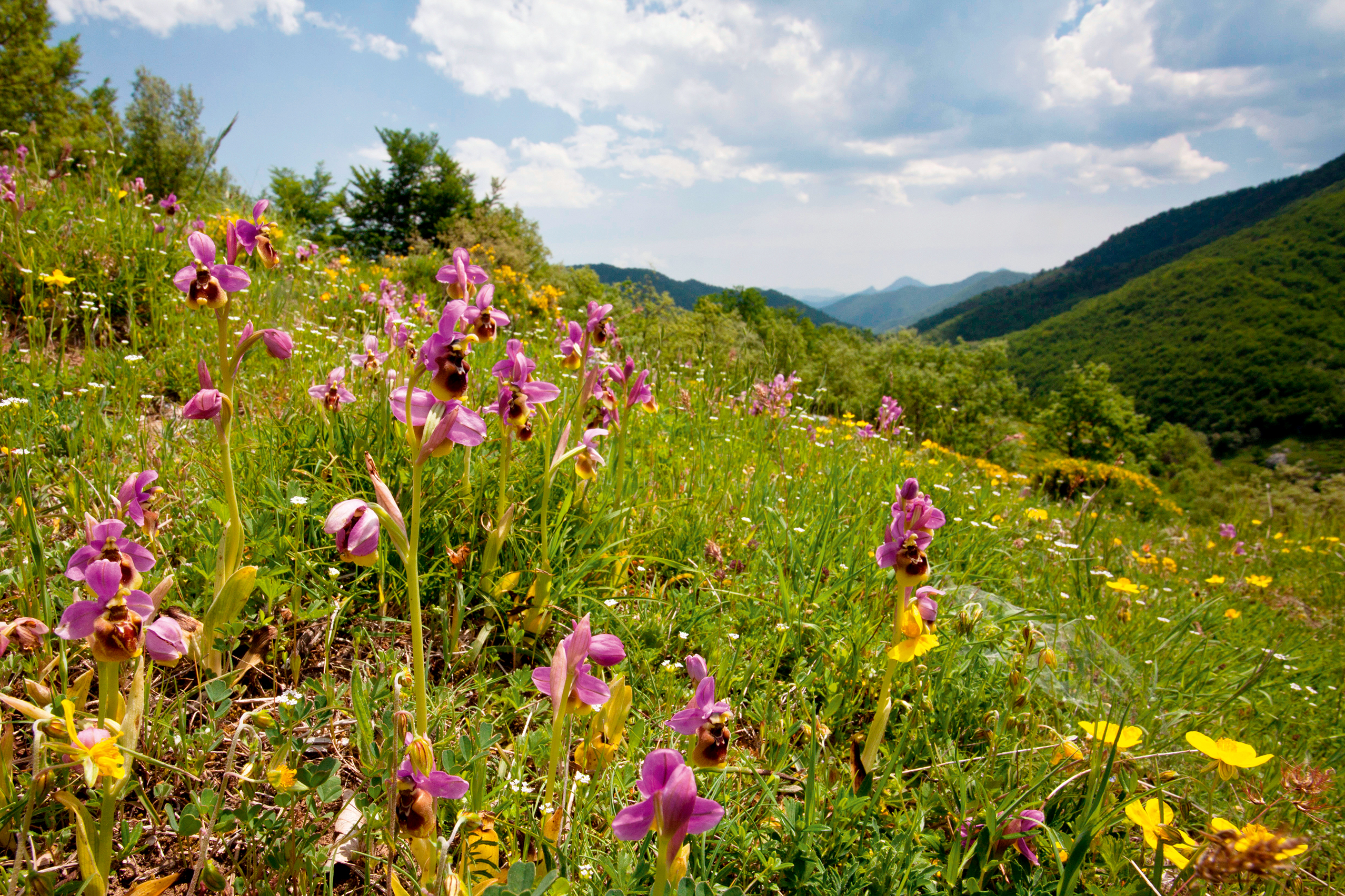
'Within a month, one was eaten by a tiger, one was burned alive, five disappeared and the sole survivor emerged with 7,000 specimens': The unique passion engendered by orchids
Charles Quest-Ritson admits that he never fell for orchids the way he has for roses — but the devotion they inspire is

'A wonderful reminder of what the countryside could and should be': The 200-year-old watercolour of a world fast disappearing
Christopher Price of the Rare Breed Survival Trust on the bucolic beauty of The Magic Apple Tree by Samuel Palmer,

150 years of the Impressionists, being celebrated in Paris and London
In 1874, a group of painters rejected by the official Paris Salon staged its own show and changed the course
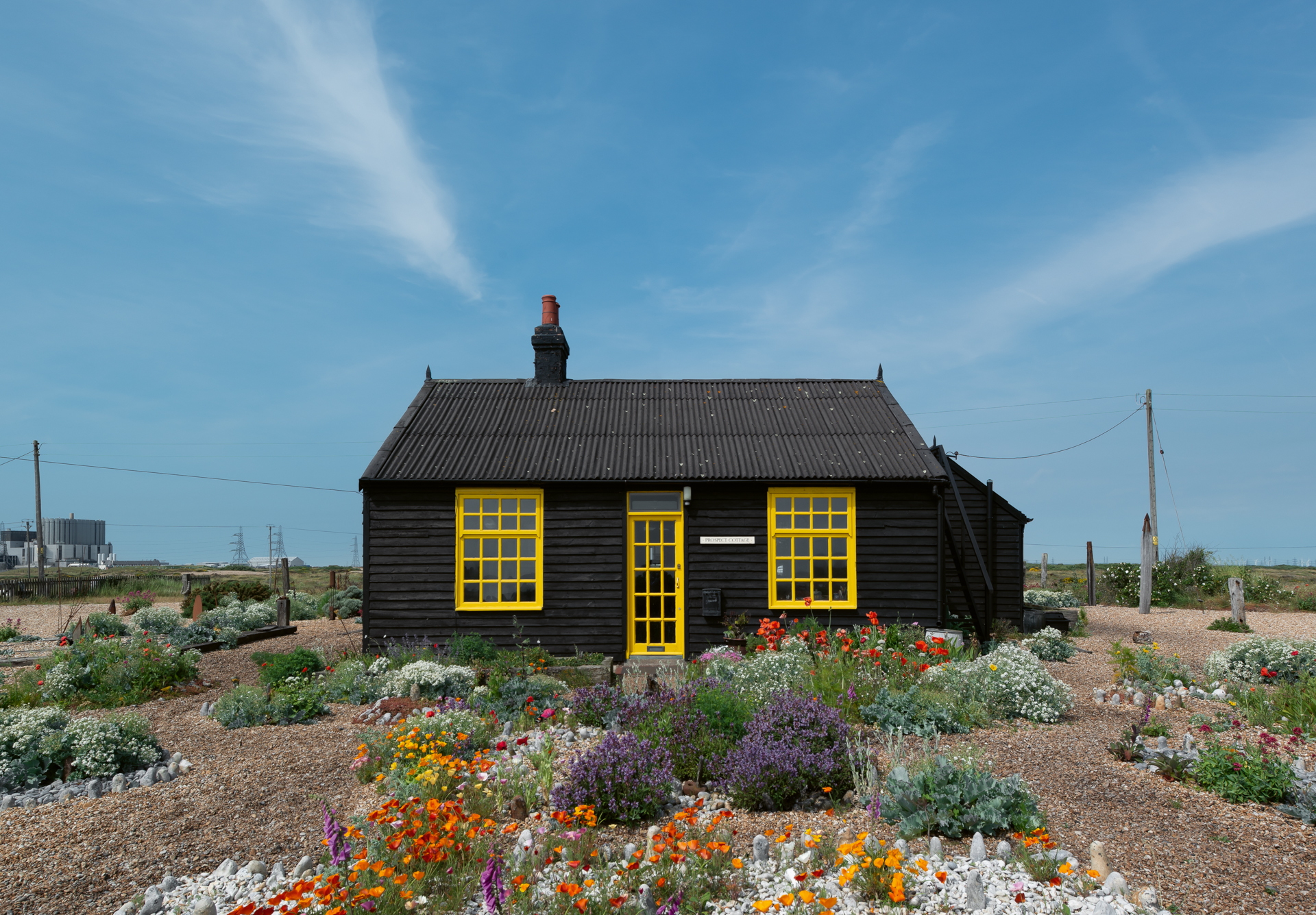
A look inside Derek Jarman's Prospect Cottage
A new book by the photographer Gilbert McCarragher will give readers a first-look inside Derek Jarman's famous home on the

James Fisher is the Digital Commissioning Editor of Country Life. He writes about motoring, travel and things that upset him. He lives in London. He wants to publish good stories, so you should email him.